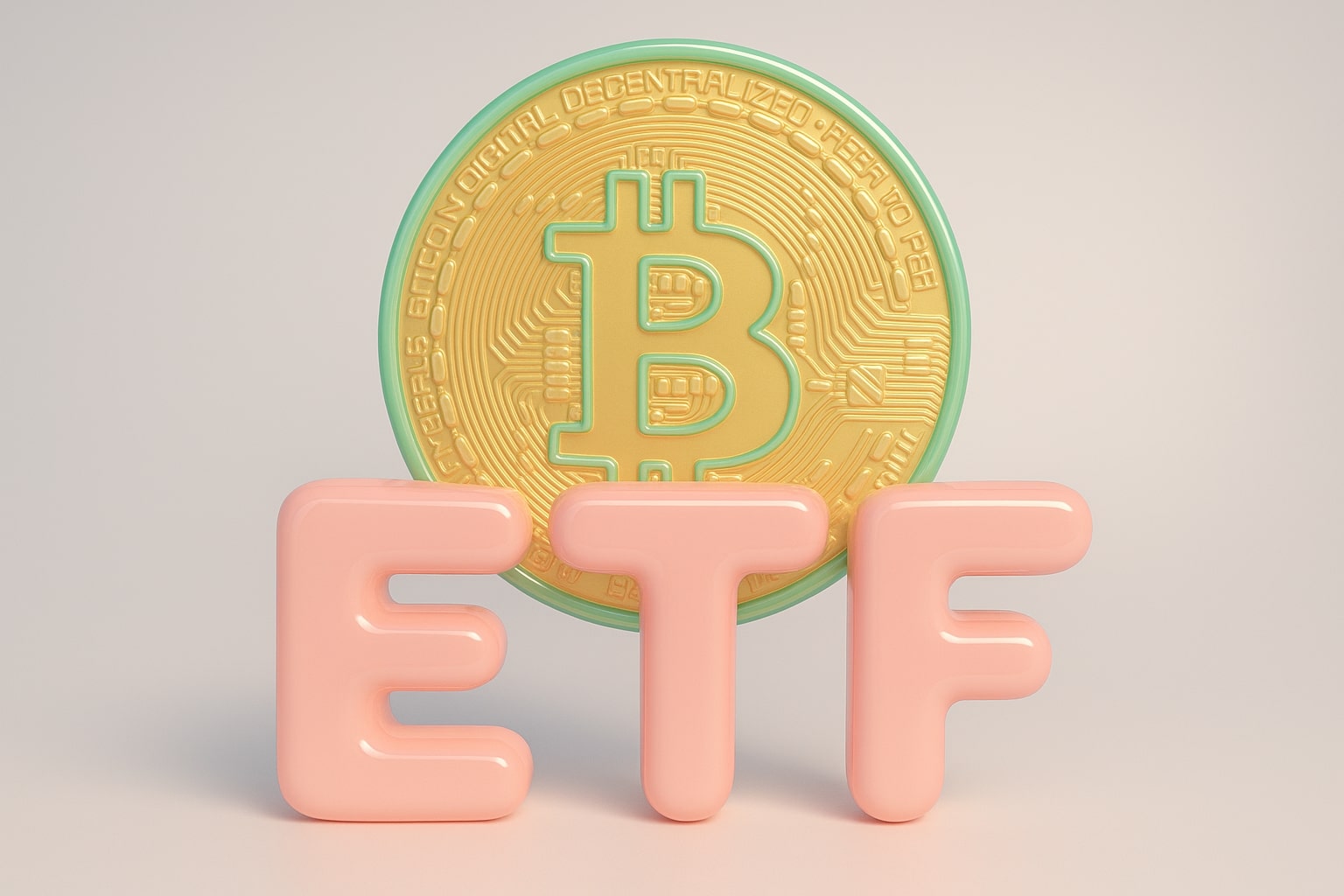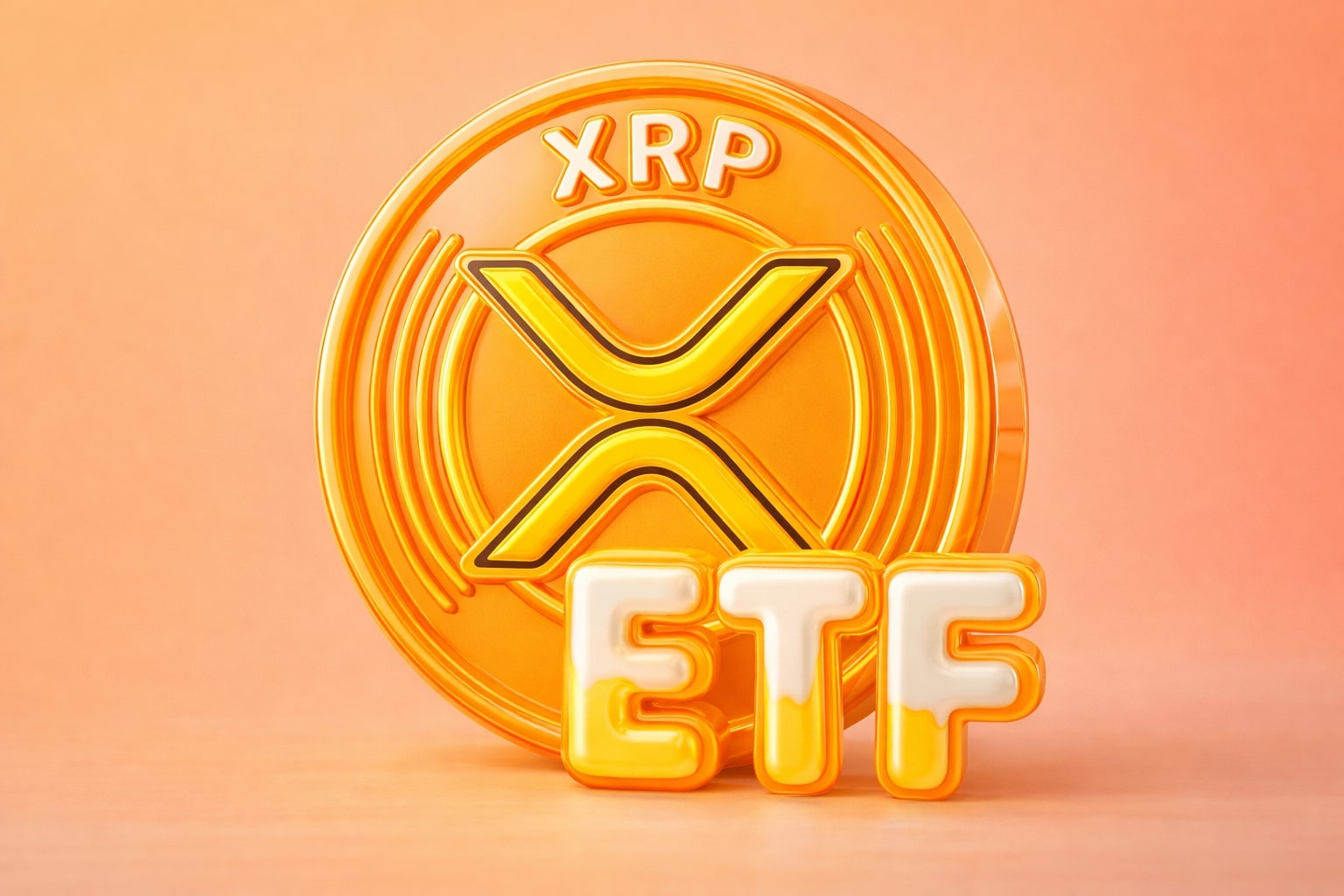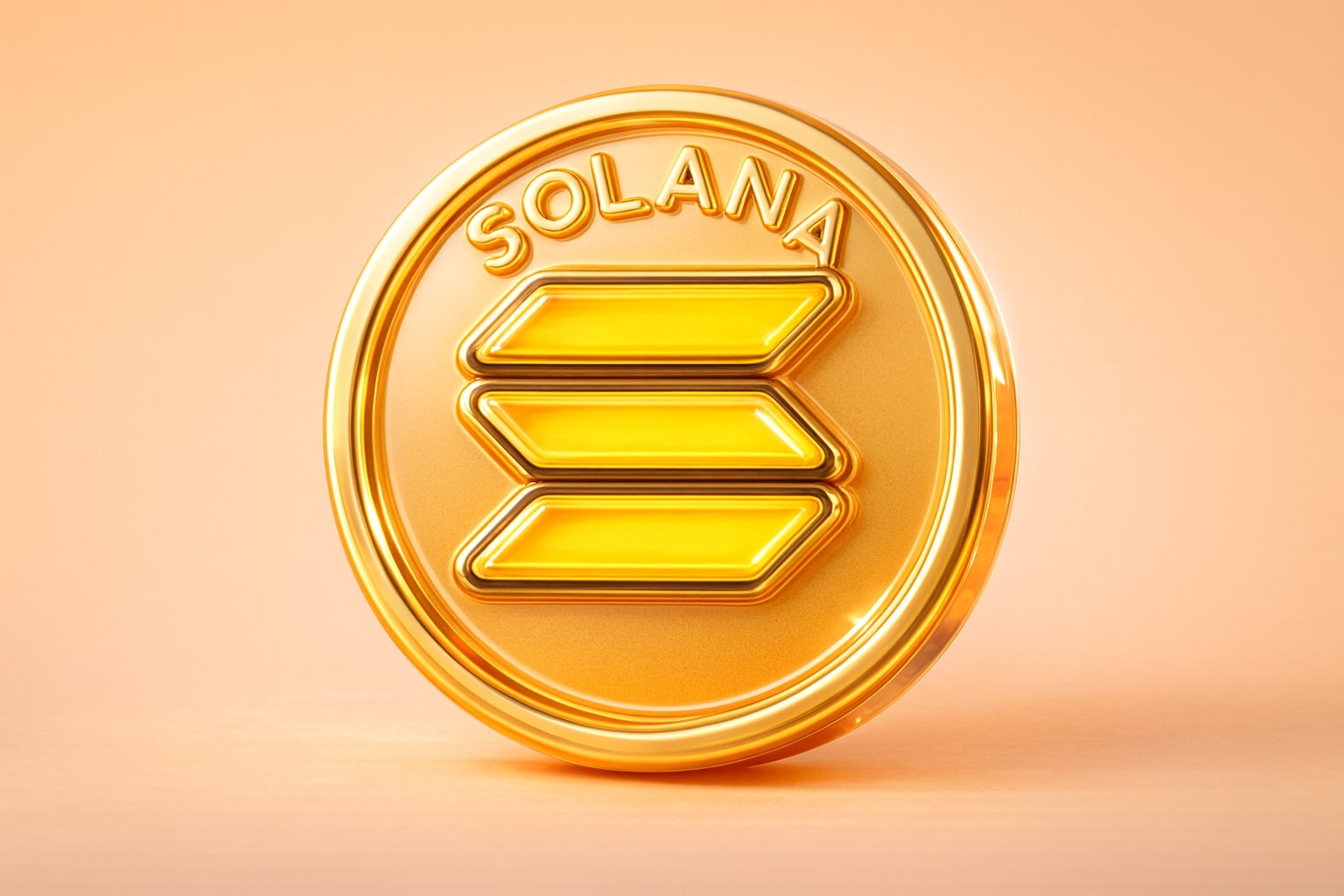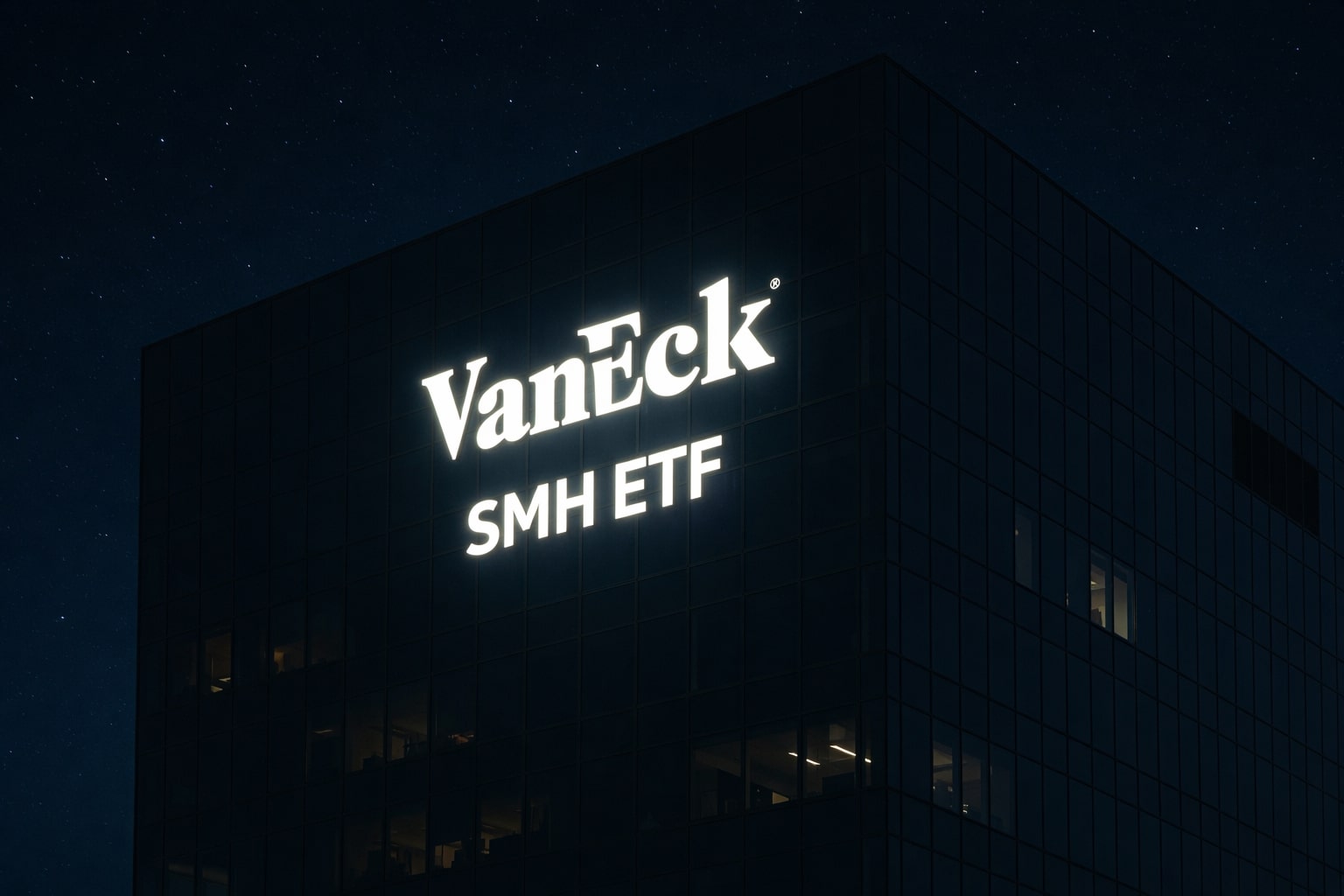Bitcoin ETF Inflows Analysis: Institutional Rotation, Market Flows, and ETF Concentration Impact
Record-Breaking Inflows Cement Bitcoin’s Institutional Role
Bitcoin (BTC-USD) ETFs have become the focal point of institutional accumulation, with U.S. spot funds reporting a surge of $365.6 million in net inflows in a single day on September 26. The largest contributor was the ARK 21Shares Bitcoin ETF (ARKB), which absorbed $113.8 million, followed closely by BlackRock’s iShares Bitcoin Trust (IBIT) at $93.4 million, pushing its cumulative inflows beyond $21.3 billion. Fidelity’s Wise Origin Bitcoin Fund added $74 million, while Bitwise’s Bitcoin ETF (BITB) captured $50.4 million. Even smaller players, like VanEck’s HODL, secured $22.1 million, with Invesco’s BTCO at $6.5 million and Franklin Templeton’s EZBZ at $5.7 million.
The day’s activity lifted Bitcoin ETFs’ collective net assets to $60 billion, equivalent to 4.7% of Bitcoin’s total market capitalization. By comparison, Grayscale’s flagship GBTC continues to leak capital, with $7.7 million in outflows that day, taking cumulative exits past $20.1 billion. Still, the broader momentum underscores how Bitcoin ETFs are absorbing supply while exchanges lose reserves.
BlackRock’s IBIT Surpasses Exchanges in BTC Holdings
A structural milestone came in August 2025 when BlackRock’s IBIT overtook Coinbase’s custody wallet balances. IBIT now manages approximately 781,160 BTC, outstripping Coinbase at ~703,110 BTC and Binance at ~558,070 BTC. This “custodial flippening” signals Bitcoin’s shift from retail-driven markets toward regulated ETF custody, effectively removing coins from liquid circulation. With ETFs locking up nearly 6.5% of Bitcoin’s supply, price discovery is increasingly dictated by institutional flow rather than spot retail exchanges.
This supply absorption intensifies potential shocks: consistent ETF demand reduces float while retail exchange balances thin, creating the setup for more predictable institutional-led price trends but also concentrated custody risks if large funds unwind positions.
Ethereum ETFs Diverge as Grayscale Outflows Persist
Ethereum ETFs are following a different trajectory. On September 26, Fidelity’s FETH recorded $15.9 million in inflows, while BlackRock’s ETHA added $14.8 million, pushing its cumulative net to $1.12 billion. Smaller entries included Invesco’s QETH at $2 million, Bitwise’s ETHW and VanEck’s ETHV just under $1 million, and 21Shares’ CETH at $663k. Collectively, most ETH products were green—until Grayscale’s ETHE dumped $36 million, driving total daily flows negative by $675k.
Despite the drag, Ethereum ETFs now hold $7.2 billion in assets, representing 2.3% of ETH’s market cap, a growing figure boosted by corporate treasury participation. Firms like BitMine and SharpLink have accumulated ETH reserves exceeding $29 billion, signaling a longer-term institutional pivot to Ethereum as a yield-generating reserve asset.
Short-Term Outflows and Fed Policy Shock
The ETF boom is not without volatility. In mid-August 2025, Bitcoin ETFs suffered a five-day outflow streak totaling $1.17 billion, while Ethereum funds shed $924 million. This mirrored a hawkish pivot from the Federal Reserve after July’s hotter-than-expected PPI data showed a 0.9% monthly inflation jump, slashing odds of a September rate cut. Institutions temporarily rotated into Treasuries and cash, mirroring behavior seen in the 2022 tightening cycle when Bitcoin ETF inflows collapsed 70%.
Yet history shows these corrections are cyclical. In 2023, Fed pauses triggered $6.6 billion inflows in less than two weeks. With Powell striking a more dovish tone at Jackson Hole this year, the September–October window could reignite ETF inflows.
Whale and Institutional Positioning Reinforce ETF Trends
Whale activity continues to support ETF accumulation. Bitcoin whales added 20,000 BTC after Q2 corrections, often a precursor to recoveries. Meanwhile, Ethereum whales went further, accumulating 200,000 ETH ($515M) in Q2, with mega-whales increasing holdings by 9.3% since October 2024. These patterns underscore institutional faith in crypto as a long-term treasury asset class.
ARKB, IBIT, and Fidelity’s FBTC remain the barometers for Bitcoin ETF health, but notable inflows into secondary funds such as Valkyrie’s BRRR ($4.6M) and the Grayscale Mini Trust ($2.9M inflows even as GBTC bled) highlight diversification among institutional allocators.
Bitcoin Price Action Intertwined With ETF Flows
Bitcoin’s price has been under pressure, sliding from August highs of $124,517 to test the $112,000–$113,000 support zone. ETF redemptions intensified the drop, with $40 million in derivatives liquidations—$28M tied to long bets—compounding downside. Technicals show resistance at $117K–$118K and support around $111.5K. While ETFs act as a stabilizing long-term demand anchor, short-term outflows amplify volatility, with BTC-USD currently consolidating around $113,300 on daily volumes near $37B.
The crucial takeaway: ETF flows are now the primary driver of Bitcoin’s structural price trajectory. Sustained inflows north of $500M per week could absorb supply shocks and push BTC beyond $120K, while extended outflows risk a breakdown below $112K.
Verdict: Bitcoin ETFs Are a Buy Catalyst Despite Near-Term Volatility
The data shows Bitcoin ETFs are not speculative novelties—they now hold more BTC than exchanges and represent nearly 5% of circulating supply. The recent $365M inflow day, combined with IBIT’s custodial dominance and steady whale accumulation, suggests ETFs will define BTC’s price action for years. Short-term Fed-driven outflows are cyclical, not structural, and dovish liquidity shifts will likely reignite allocations.
Decision: Bitcoin ETFs are a Buy.
With net assets at $60B, cumulative IBIT inflows of $21B, and analysts setting structural price targets beyond $120K once inflows normalize, institutional adoption remains the dominant theme—and ETFs are the vehicle driving it.


















